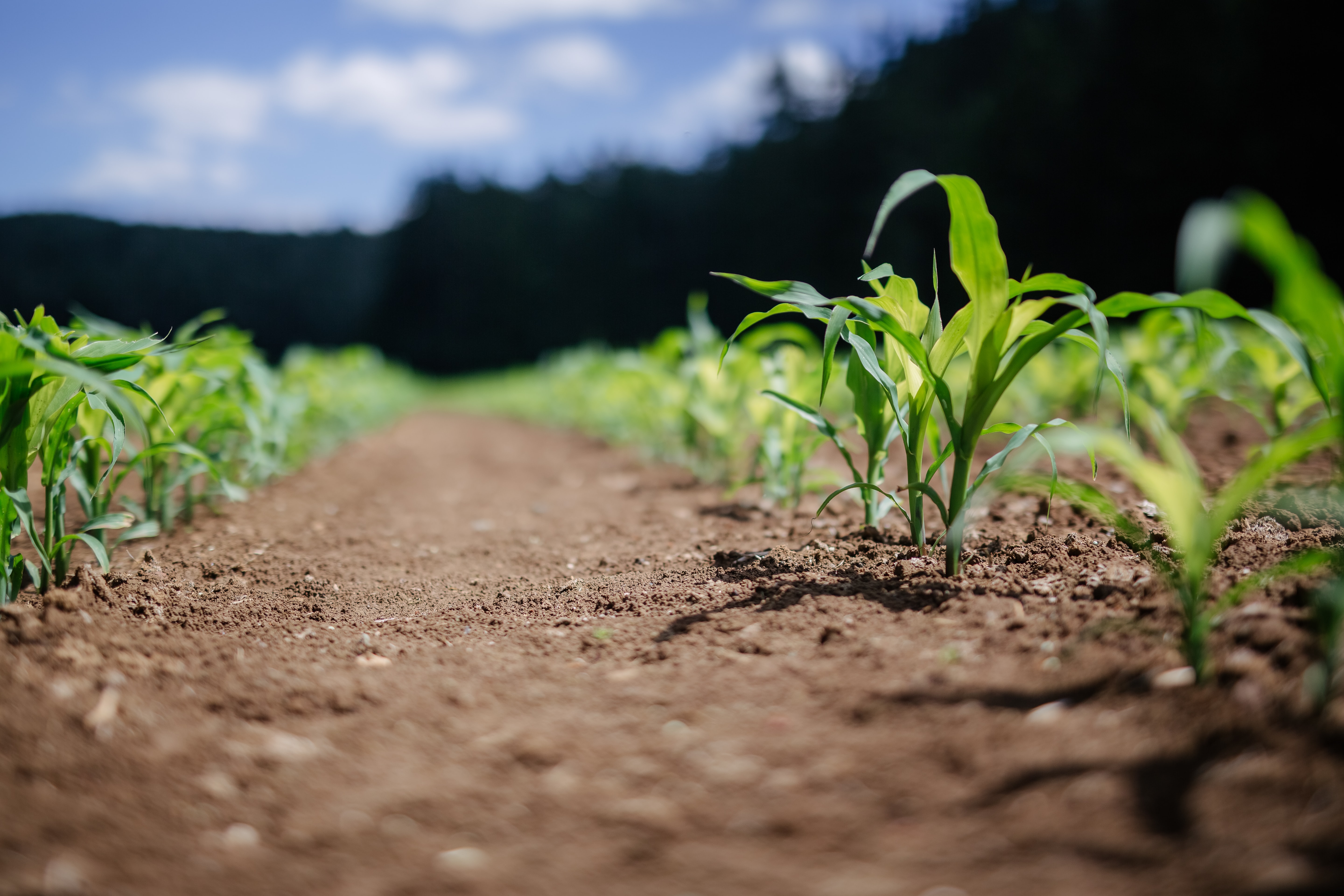Impacts of Regenerative Land Management at Jalama Canyon Ranch: Assessing the Role of Remote Sensing in the Accreditation Process for Regenerative Agriculture Certifications

Regenerative agriculture is a holistic approach to land management that enhances soil health, increases biodiversity, and improves water infiltration, among other ecosystem services. The White Buffalo Land Trust (WBLT) – a non-profit that practices regenerative agriculture – acquired a 1,000 acre ranch in central California in 2021. Under previous ownership, continuous grazing decreased ecosystem functioning across the property. In 2022, WBLT began rotating their cattle between pastures with the goal of improving productivity, biodiversity, and ecological health. In this study, we help WBLT quantify their impact by evaluating the value of remote sensing technologies in land management practices and analyze certifications for regenerative management. Specifically, we 1) employed satellite data to measure changes in evapotranspiration and soil moisture over space and time and analyzed correlations with rotational grazing practices, 2) compared four certifications for regenerative management to increase land steward access to certification adoption, and 3) conducted focus groups with land stewards interested in adopting regenerative practices to identify priorities and barriers to adoption. Our results demonstrate that remote sensing can be used to track changes in evapotranspiration and soil moisture to support holistic management goals. We also determined there is minimal overlap between the ecological indicators used in regenerative certifications and their sampling methodologies, making it challenging for stewards to pursue multiple certifications. Ultimately, this study provides WBLT with data scripts that can be used to assess future ecological trends at JCR. Additionally, it offers valuable resources and perspectives to help land stewards achieve regenerative certifications more easily and effectively.
Acknowledgements
Bren School: Bruce Kendall, Associate Dean, Professor; Kelly Caylor, Professor; Brian Lee, PhD Student, Carrie Kappel, Senior Fellow National Center for Ecological Analysis and Synthesis, Sarah Anderson, Professor, Associate Dean of Diversity
Client (White Buffalo Land Trust): Jesse Smith, Director of Land Stewardship, Ann Close, Director of Research, Aarushi Jhatro, Ecology & GIS Manager; Ana Smith, Director of Programs & Engagement, Bre Sliker, Programs and Engagement Manager
Data Analysis Contributors: Sam Bastiaansen, IrriWatch; Wim Bastiaanssen, IrriWatch; Carmen Blackwood, NASA JPL
Communication Contributors: Talor Herren, Soil Carbon Initiative; Rebecca Harman, Regen Network; Gisel Booman, Regen Network; Nathaniel Siemens, Rodale Institute; Bridget Gilmore. Rodale Institute; Molly Taylor, EOV Monitor and Climate smart Agriculture Program Manager; WBLT Holistic Management Intensive Participants
James S. Bower Foundation